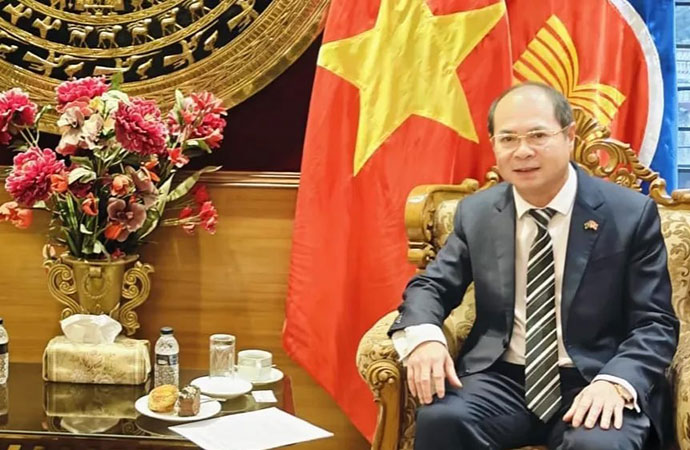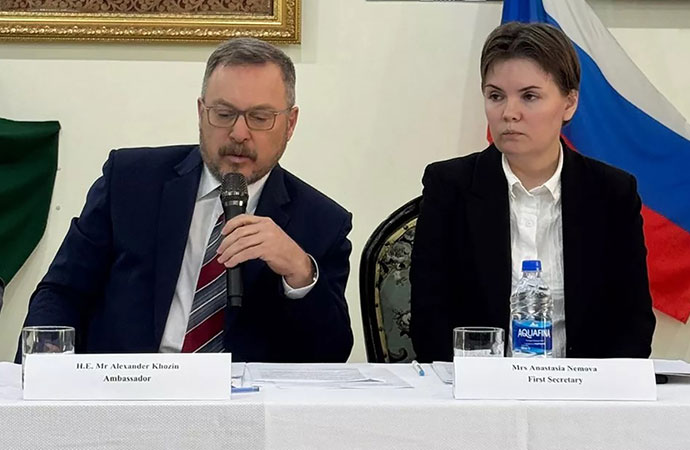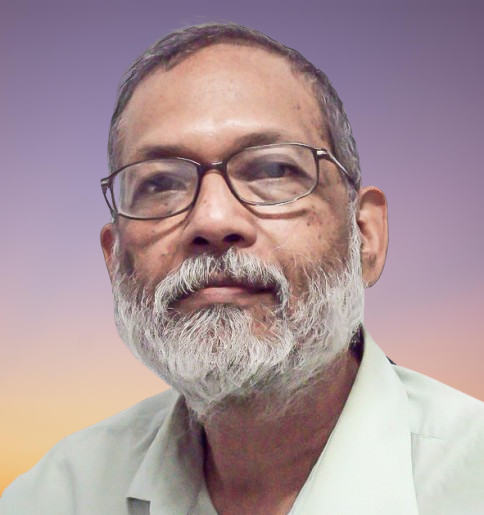Featured 2

University of Dhaka, Language Movement and Birth of a Nation. Photo: Collected
Language has always been part of politics in South Asia. In societies where caste and language has a direct connection, it's obvious that the elite class devised its tools rather well. Brahmin control of liturgy in Sanskrit was very important to retain social control through interpretation of faith practices and categories.
The rise of Buddhism was also linked to languages as Pali was its sacred language which was emerging and the old societies were being replaced by new ones. Two forces were at work. The earlier "encampment "based states which were tiny in nature couldn't survive in the changing economy. Reduction of multiple taxation imposed by these "states" on the traders and a more trade- friendly ruling class was an important need. Buddhism answered many of those demands. Pali became the language of the new class and religion. It's interesting also that Indian feudalism also grew very extensively using the Budddhist monasteries as centers of large land holdings.
However, Buddhism didn't hold sway for long and if it peaked under Ashoka, it began to weaken soon after. The period ensuing from the 4th Buddhist Council and the subsequent rise had one thing in common which was their link to Sanskrit literature. Buddhism itself began to be studied using Sanskrit in cases and the pandits of Buddhism began to be more conversant with Sanskrit and its root faith-Hinduism. Soon the scenario had changed and Hinduism reigned supreme in North India again but in many parts of the zone as in Bengal, Buddhism particularly feudal Buddhism continued to flourish. It changed only in the 12th century as politics pushed the monasteries out of power whose leaders were supporting the Palas and the new contestant, the Senas. After taking over power they began to promote Hindusim and its language too, the other group with a large following.
Language therefore has always been part of elite politics and used by different groups to gain socio-economic advantages at various times. It was not the concern of ordinary people and nor is a reality that exists in splendid cultural isolation.
Language under colonialism
During this period, language became even more significant as the colonizer spoke English and knowing that language became the pathway to socio-economic success. Thus various groups used English education as a negotiating tool for progress. Basically, education and access became part of the support network of colonialism. In a multi-linguistic society, language also became a tool of exclusion and inclusion; specifically they applied to entry into employment.
English was the primary language for entry so the focus was on the second language which various communities differed from each other to manage competition among the collaborators. The biggest conflict was between Hindi and other languages as Hindi speakers sought monopoly colonial benefit.
India continues to experience language conflicts and it goes back he Hindi-Urdu controversy in 1867 "when the British government prepared to accept the demand of the Hindu communities of the United Provinces (now Uttar Pradesh) and Bihar to change the Perso-Arabic script of the official language to Devanagari and adopt Hindi as the second official language on demand of Hindu activists. Muslim politician Sir Syed Ahmed Khan became the most vocal opponent of this change. He viewed Urdu as the lingua franca of Muslims. Having been developed by the ruling Mughal Empire, what became known as Urdu was used as a secondary language to Persian, the official language of the Mughal court. Since the decline of the Mughal dynasty, Sir Syed promoted the use of Urdu through his own writings." (Wikipedia)
Thus Urdu speakers were actually the first victims of language as a tool of exclusion. Subsequently, the matter eased a bit but the Urdu speakers continued to deeply resent such attacks on their access to jobs privilege. Historian Anil Seal writes that another threat came to the UP people which were from the migrating Bengali babus of Kolkata. Bengal middle class economy couldn't provide for the growing number of graduates in Bengal. Thus the 'probashi babus "went to the prospering North and took up jobs and law practices there. This was resented by all non-Bengalis and there is a reference to a joint anti Bengali alliance called "Upper Indian landowners "group which included elite from both faith communities to prevent Bengalis from getting jobs.
Thus language conflicts masked multiple other struggles all centred around economic access particularly to jobs.
Hindi and Southern languages particularly Tamil
"...language conflict in modern times can be traced back to 1938, when the Madras Government headed by C. Rajgopalachari made Hindi a compulsory language to be learned by the students of the state. Periyar E. V. Ramaswamy, the founder of Dravidian Movement, opposed this tooth and nail and launched an anti-Hindi agitation. The recommendations of the Official Language Commission led to some serious developments in Assam. Likewise, anti-English riots and demonstrations began in northern states - U.P., Bihar, M.P. and Rajasthan and the mobs, mostly students, indulged in acts of lawlessness and violence involving destruction of government property. To counter this, in 1967, anti-Hindi demonstrations by students began in Madras, soon spreading to Andhra Pradesh and Mysore. Under the stress of emotions and ignorance, linguistic minorities in certain states became object of physical assault and violence and the majority community formed the lopsided concept of the "sons of the soil". (Alok Kumar Das. Linguist List)
Language conflict clearly has a long history in the region going back long before 1947.
"Bengali "politics and language
The construction of identity is therefore complex but while it tends to be identified with language hence ethno-linguistic cultural issues dominate its more visible contours. Analysis doesn't look into the socio-economic motivations of such conflicts, the result of which is its lack of socio-political inclusivity and potential for becoming culturally fundamentalist.
The fundamental aspiration of the Pakistani ruling class immediately after 1947 was to do what the Hindi activists had done in UP against Urdu and also Tamil in South India. That was to constitutionally make the language of the ruling class dominant over the rest. The objective was to deny them jobs and opportunities in the new state. The newly emerging elite of the region-East Bengal and East Pakistan- obviously hated this and took to the streets which were inevitable.
It was in this period that the middle class became seriously suspicious of central Pakistani intent. The alliance of the activists -both professionals and politicians- scared Jinnah of Pakistan to drop some of the hardline stances but also threaten East Pakistanis on the consequences of the rising regional autonomy movement. In 1954 United Front elections, it became obvious that the Pakistan civilian strategy of administrative domination wasn't working, which is why in 1958, martial law was required to do it. Of course military activities to keep the majority at bay -particularly given its artificiality of geo-state construction - failed and it ultimately ended in 1971.
The February movement was not a people's movement but that of a segment of it, the leader elite class. The peasantry, who constitute the most significant part of the people's movement, have a different timeline and when that need and situation came in, they responded and did what they had to in 1971.
However, histories are produced by alliances so the elite middle class had to redo their political maths after 1947 as Pakistan had no historical intent to share its resources. Thus they became the resenting class and aspirant elite and ultimately were ready to wage a battle through the events of 1954, 1969, d 1970 and 1971. The February phenomenon convinced them that they were not going to become a full elite under Pakistan and ultimately were historically readied to be part of the resistance of 1971 that led to the official birth of Bangladesh.

























Leave a Comment
Recent Posts
A total of 2,582 candidates su ...
A total of 2,582 candidates submitted nomination papers to contest the ...
A fitting farewell for a giant
The nation has said goodbye to Begum Khaleda Zia, one of the undoubted ...
A Kenyan barber who wields a sharpened shovel thrive ..
A rough year for journalists in 2025, with a little ..
The West Is Not Ready for a Multipolar World
Silicon Valley Socialism